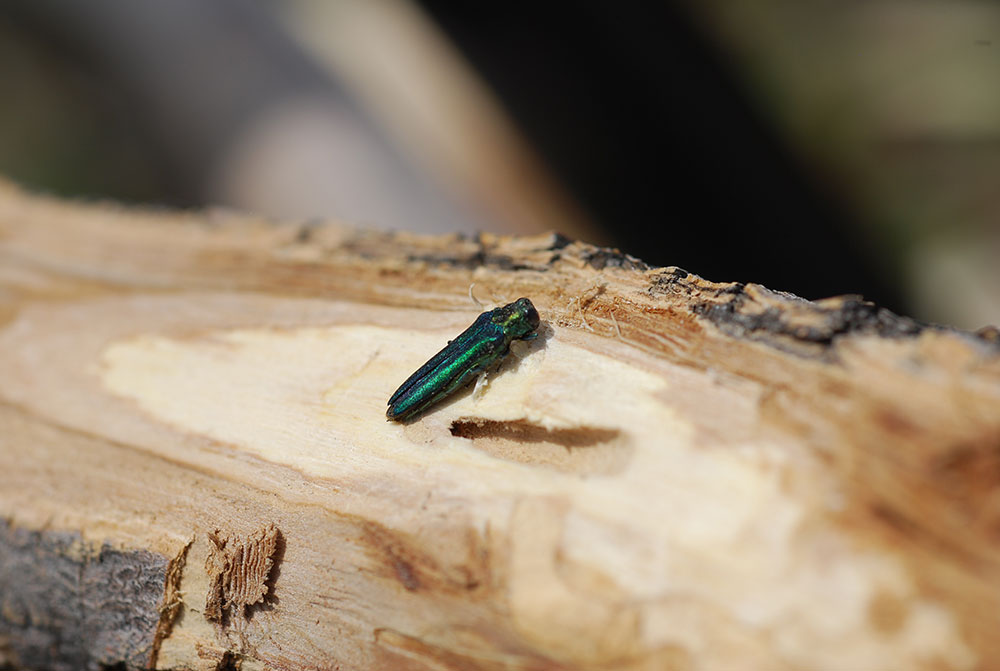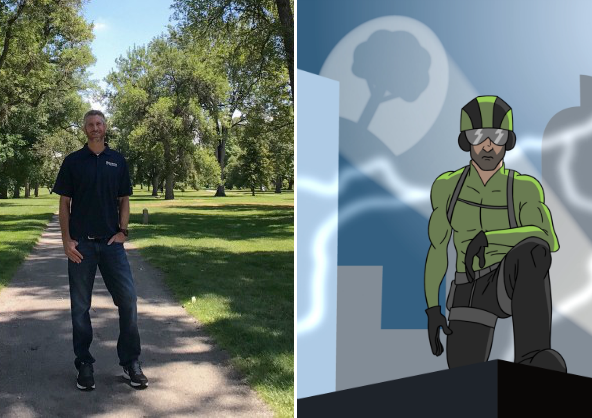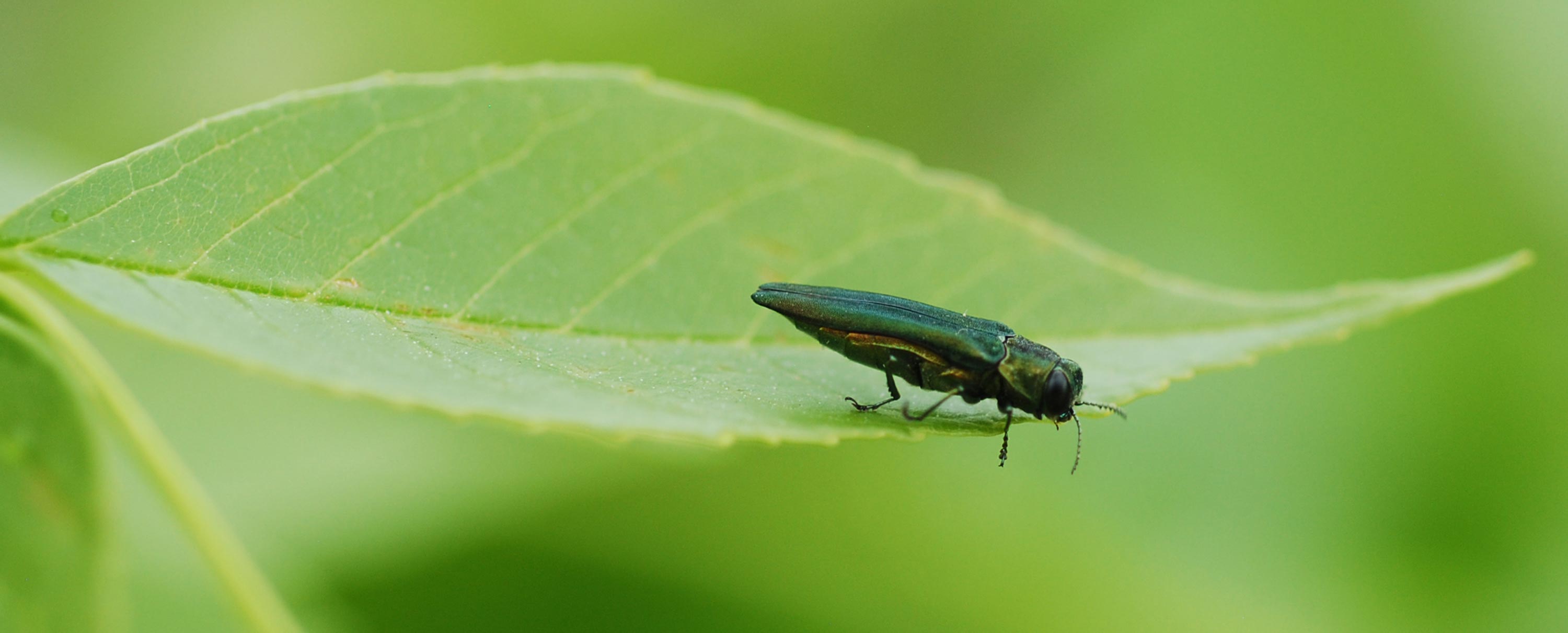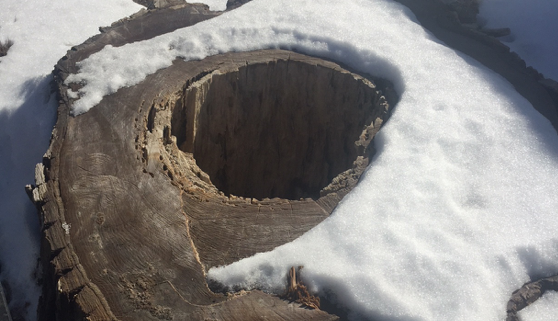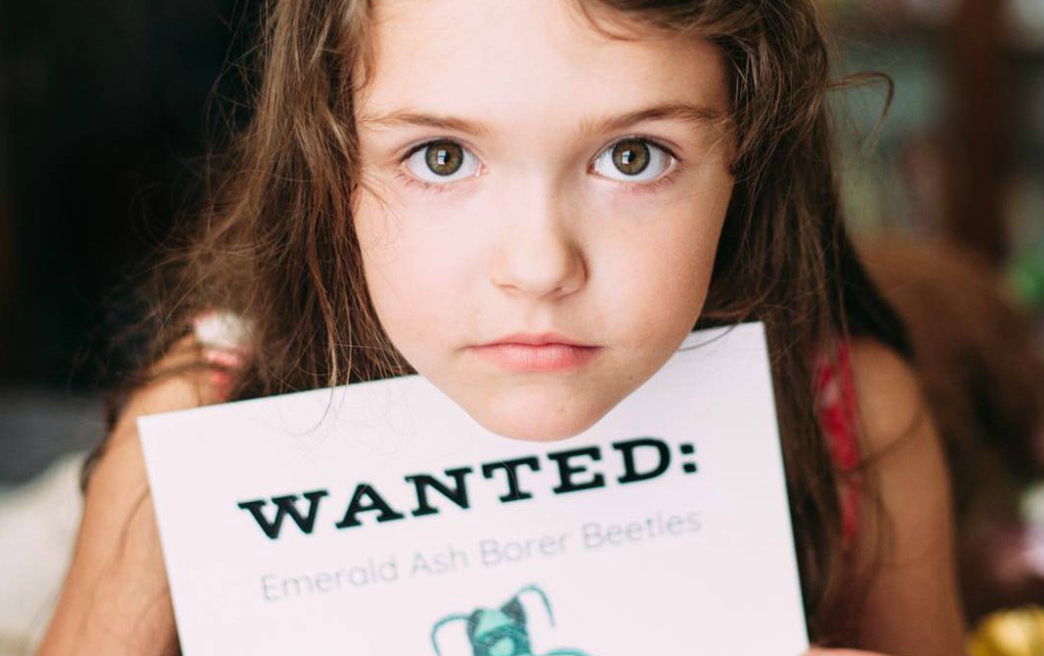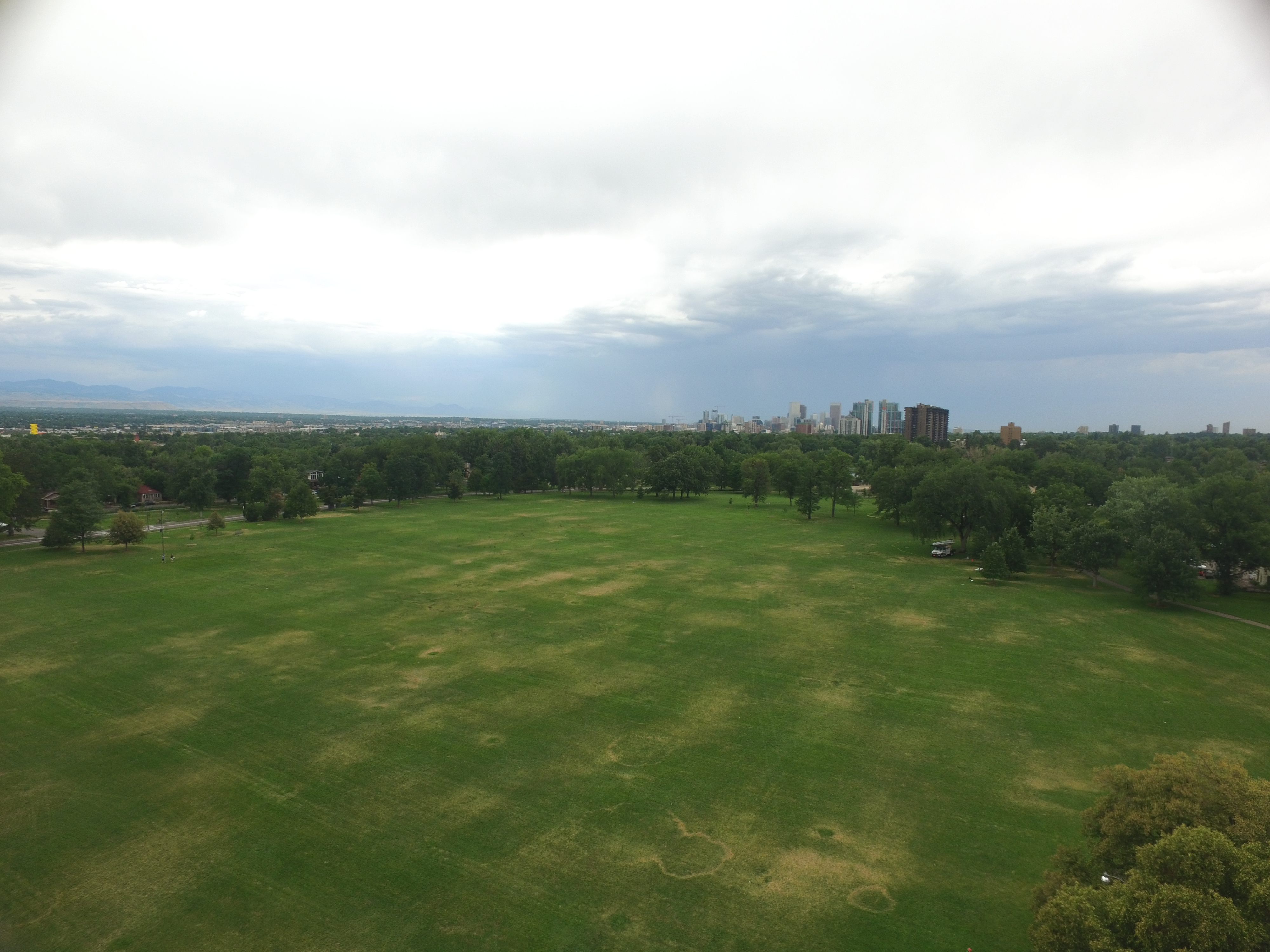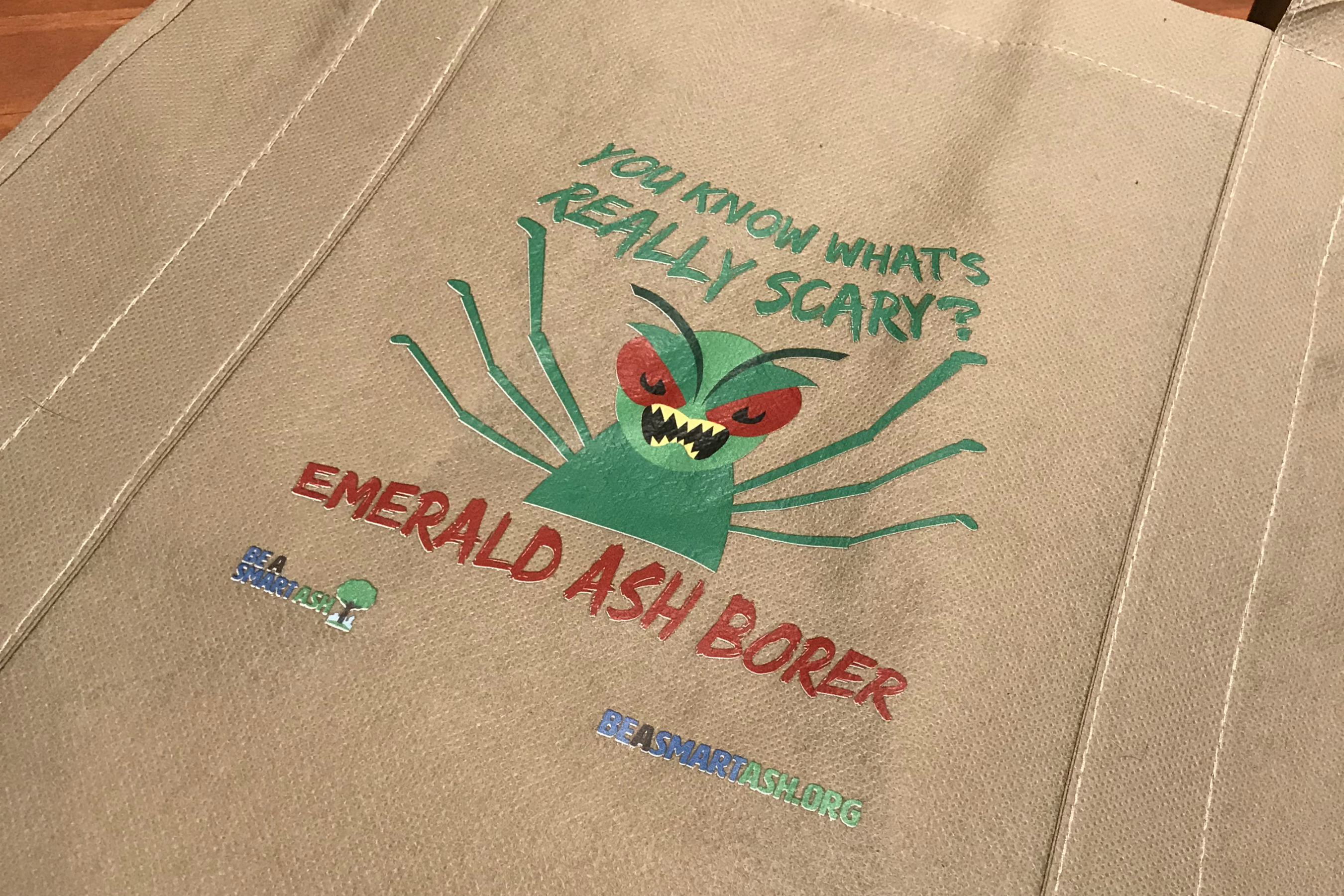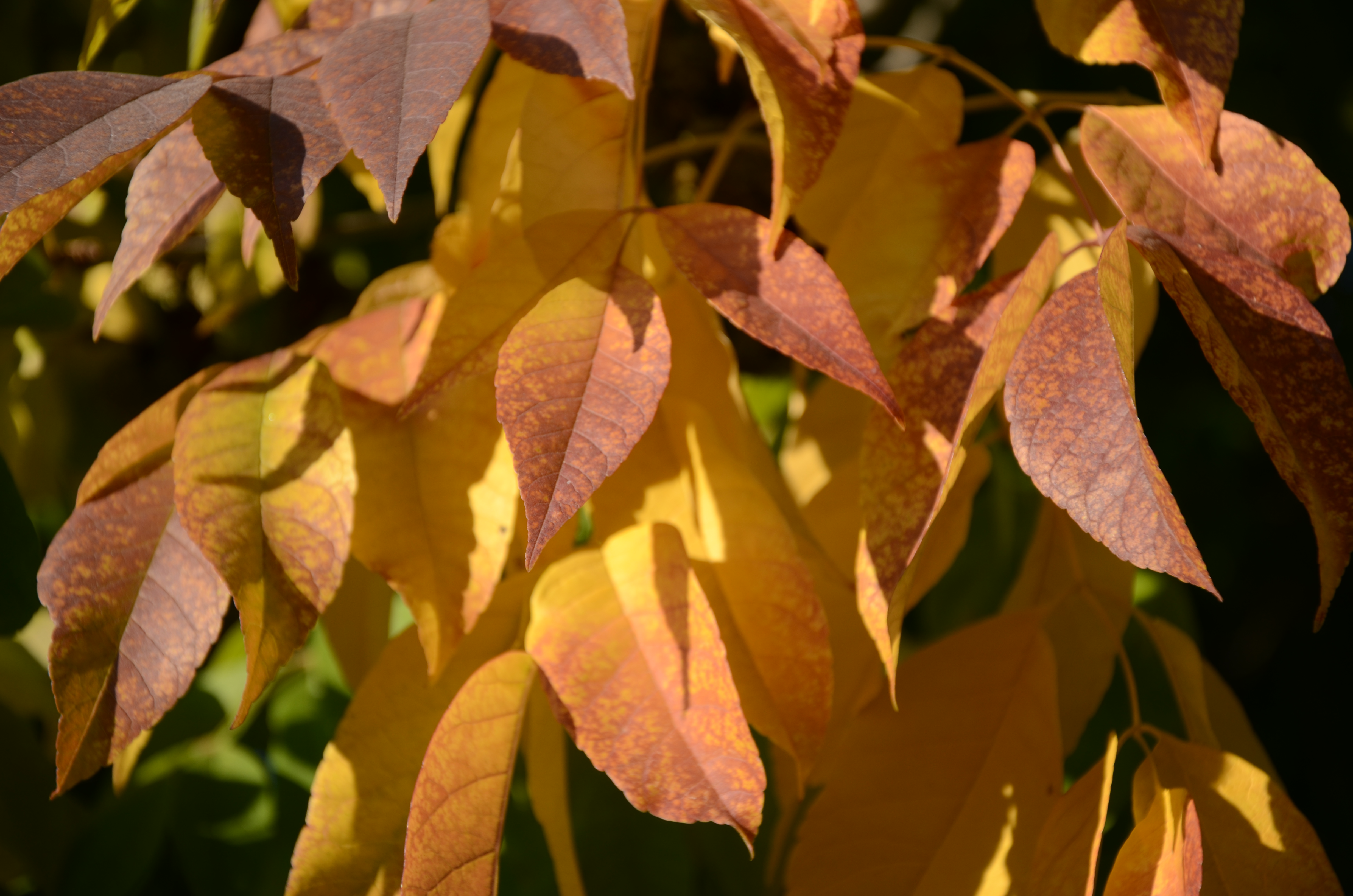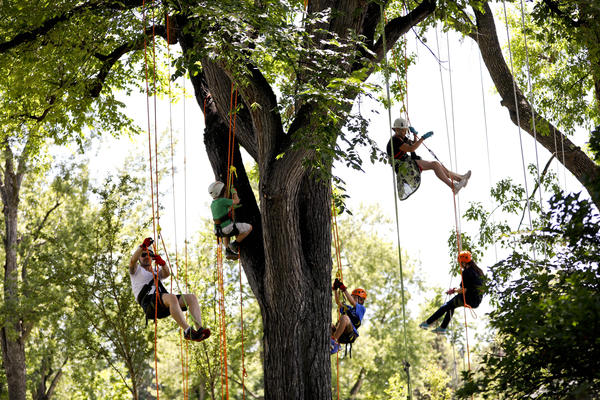All Eyes On Me: Emerald Ash Borer Emergence
DENVER — It is already June, which means we are at the start of Emerald Ash Borer (EAB) emergence season! Although EAB has not yet been found in the City and County of Denver, we know it is only a matter of time before its discovery.
EAB emergence season means it is time to start looking for the adult borers who leave “D”-shaped holes in the bark of the ash tree, roughly 1/8 inch in diameter. There are also several other telltale signs of EAB infestation like S-shaped tunnels that can be seen on the trunk and tree thinning and bark shedding. Dying ash trees also attract Northern Flickers, a type of large, brown woodpecker. It can take 2-4 years for trees to show signs of infestation.
EAB chews through the tree’s water and nutrient-conducting tissues, strangling the tree. If there is a high population of EAB in the tree, one-third to a half of the branches may die in one year. Most of the canopy will be dead within 2 years of when symptoms are first seen.

